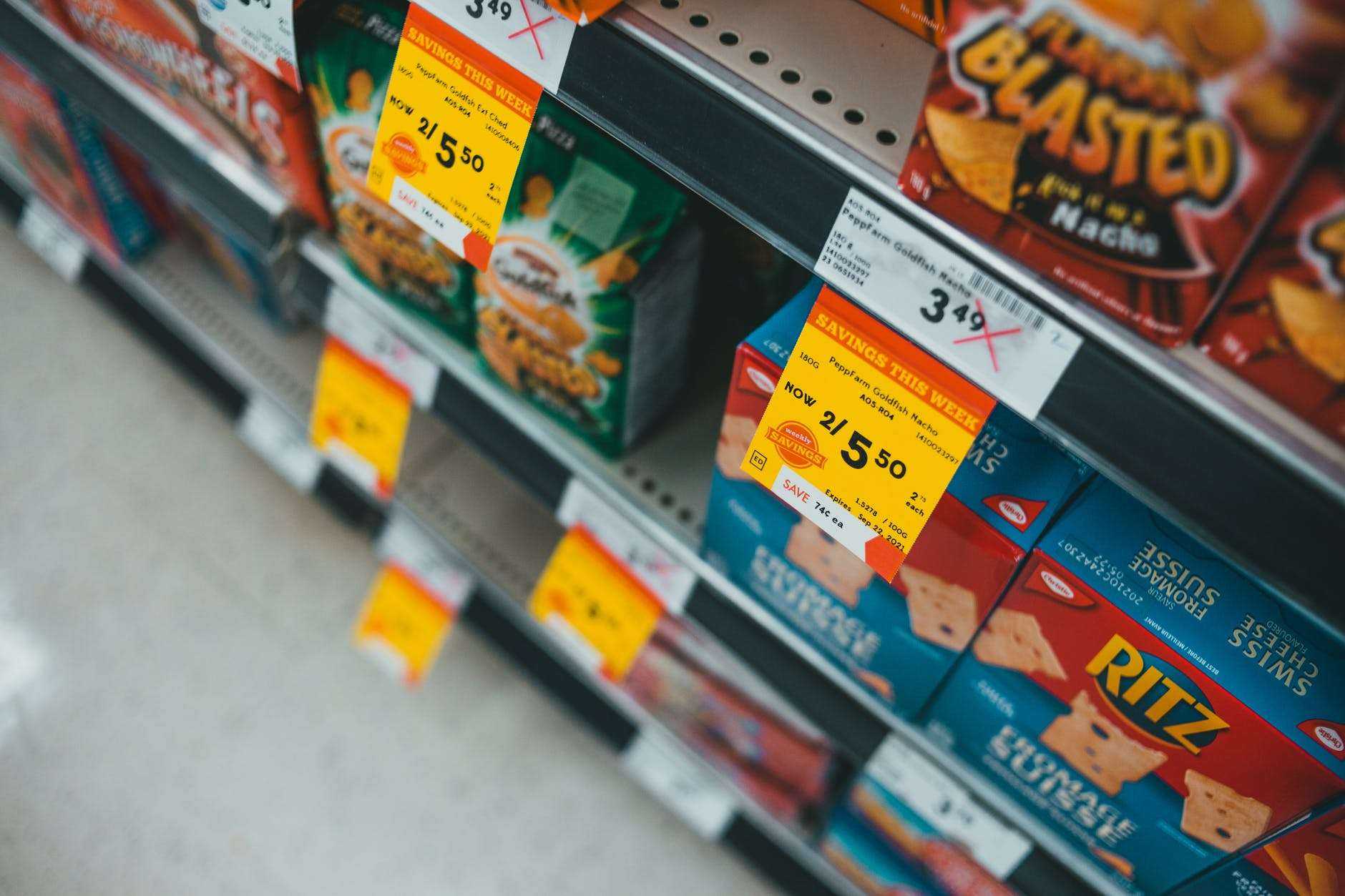on
BY SIMONE J. SMITH
“That will be $102.75.”
I looked at the two grocery bags that had about twelve items in it. I asked to take a look at the bill, because I wanted to make sure that the cashier had totalled everything up correctly. Everything checked out, so I handed her my bankcard, cashed out, and walked slowly back to my car.
What had just happened? What had happened was the same thing that was happening to families across Canada. Canadian grocery bills have been growing steadily and in 2022, a typical family could be stuck spending nearly $1,000 more just to put food on the table.
To make matters worse, some of the products that are reaching the market aren’t as fresh as they used to, because products are spending more time on wheels or on a boat somewhere. Canadians are really noticing these changes right now.
The global supply chain is in complete tatters, and tens of thousands of items and services are in short supply or can’t be found at all. This is leading to higher prices, a/k/a cost-push inflation, and a general decrease in the purchasing power of all fiat currencies, be it the US Dollar, the Japanese Yen or the Euro.(https://www.globalresearch.ca/10-shortages-getting-worse/5758575?utm_campaign=magnet&utm_source=article_page&utm_medium=related_articles).
I thought it would be interesting to take a look at some of the items that are in shortage. This information is beneficial for our community to know, so that we can better prepare for the upcoming months.
Aluminium
Aluminium is yet another commodity that has gone into a supply deficit. Current shortages are unprecedented; prices keep going higher. Lockdowns and quarantines are largely responsible. There was a rise in home drink consumption with more beverage cans being consumed. What we don’t know is that a global competition for supply among soda and beer producers has broken out, and companies are searching for adequate supplies.
Truck Drivers
In the US and abroad, the truck driver shortage has been going on for years. They are the backbone of the supply chain, and they don’t get a lot of respect or a lot of money either. A pay squeeze has led large numbers of qualified drivers to abandon the industry. Trucking costs have been shooting higher too: fuel (up 85%), tires (up 20%), insurance (up 10%) and highway tolls, thus further reducing wages. The only way to get more truckers on the road is by paying them higher wages.
Ketchup and Condiments
Oh no! Heinz is facing ketchup production shortages. The situation is so bad that it has unveiled a new roller type of packet that enables users to squeeze out the very last drop of ketchup. Since the pandemic, our favourite condiment has been in constant short supply. Supplies of other condiments, such as mustard and relish are also limited, and as expected, prices are rising and the consumer is paying more.
Construction Materials
Prior to the pandemic, construction supplies were already tightening. However, a recent survey found that 71% of contractors are facing at least one material shortage with lumber being the most cited, followed by steel, electrical and lighting supplies. 2021 ushered in huge steel and lumber price increases. It will be quite some time before we see a return to normalcy.
Coal/Energy
According to the Washington Post, coal shortages are causing some Chinese Provinces to ration electricity; Europeans are paying sky-high prices for natural gas, and power plants in India are on the verge of running out of coal. A cold winter could very well put the world into disaster mode.
Healthcare Workers
Healthcare worker vaccine mandates will dramatically reduce worker availability to care for the sick and elderly.
Chicken
There have been chicken shortages, and the reason that the price on chicken has gone up is because the price on grain has gone up. Another reason for the price increase is due to labour shortages during the pandemic.
It is no wonder that Food Banks Canada’s HungerCount 2021 (https://hungercount.foodbankscanada.ca/) report shows that visits to food banks climbed 20% nationally since the arrival of COVID-19 with one-in-four locations experiencing a 50% increase in demand. The report recognizes the impact that COVID-19 has had on food bank use in Ontario, and Feed Ontario is calling on the Government of Ontario to make immediate investments that address this calamity.
Feed Ontario recommends immediate steps to minimize this crisis, including connecting people to quality employment opportunities by improving labour laws and support for workers, and ensuring that the cost of living remains affordable by investing in more supportive housing options.
Stay in the loop with exclusive news, stories, and insights—delivered straight to your inbox. No fluff, just real content that matters. Sign up today!
We, as humans are guaranteed certain things in life: stressors, taxes, bills and death are the first thoughts that pop to mind. It is not uncommon that many people find a hard time dealing with these daily life stressors, and at times will find themselves losing control over their lives. Simone Jennifer Smith’s great passion is using the gifts that have been given to her, to help educate her clients on how to live meaningful lives. The Hear to Help Team consists of powerfully motivated individuals, who like Simone, see that there is a need in this world; a need for real connection. As the founder and Director of Hear 2 Help, Simone leads a team that goes out into the community day to day, servicing families with their educational, legal and mental health needs.Her dedication shows in her Toronto Caribbean newspaper articles, and in her role as a host on the TCN TV Network.












